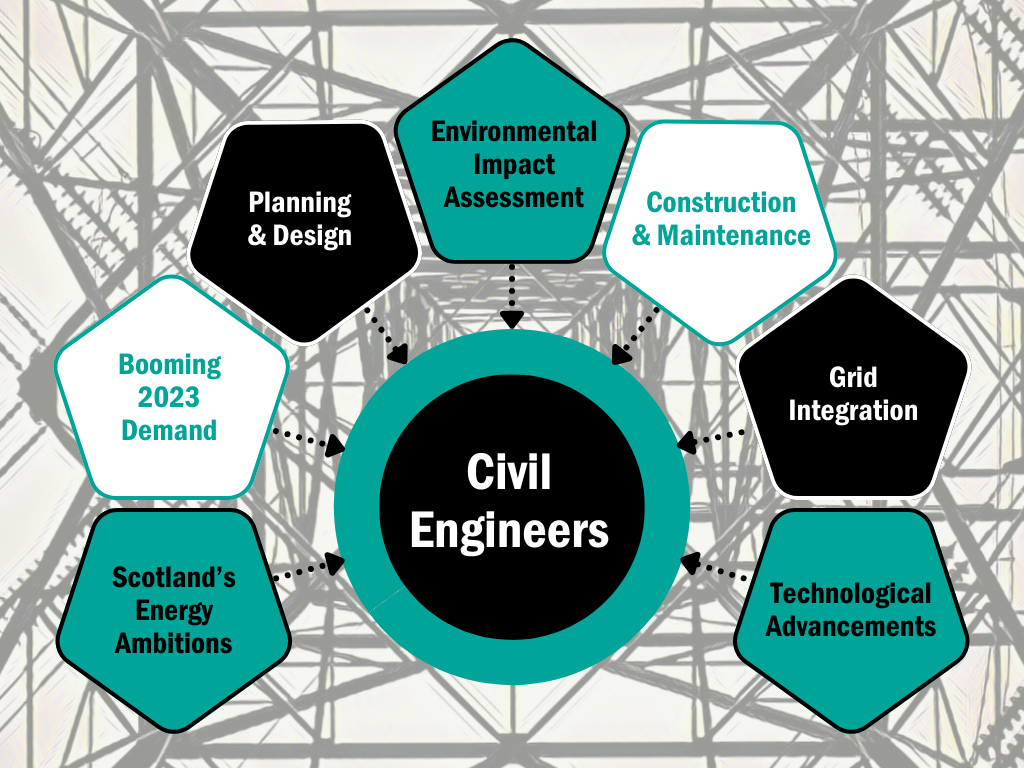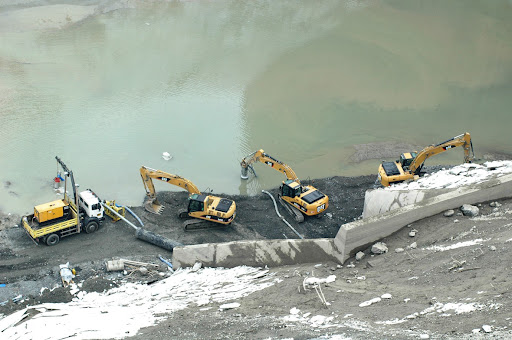Environmental Impact Assessments in Civil Engineering: Balancing Development and Conservation
In the realm of civil engineering, where the construction of infrastructure often intersects with natural landscapes, the need to assess and mitigate environmental impacts has become increasingly critical. Environmental Impact Assessments (EIAs) serve as a vital tool in this process, enabling engineers to evaluate the potential environmental consequences of proposed projects and identify measures to minimize or mitigate adverse effects. In this blog, we delve into the importance of EIAs in civil engineering and their role in striking a balance between development and environmental conservation.
Understanding Environmental Impact Assessments (EIAs):
At its core, an EIA is a systematic process for evaluating the potential environmental effects of a proposed project before it is undertaken. This process involves identifying and analyzing the direct and indirect impacts of the project on various environmental components, including air and water quality, biodiversity, land use, and cultural heritage. By assessing potential risks and uncertainties associated with the project, EIAs provide decision-makers with valuable information to make informed choices about whether to proceed with the project and how to design it in a manner that minimizes adverse impacts.
The Importance of EIAs in Civil Engineering:
In the context of civil engineering, EIAs play a crucial role in ensuring that infrastructure projects are planned, designed, and implemented in a manner that protects and preserves the environment. Whether it’s the construction of highways, bridges, dams, or urban developments, civil engineering projects have the potential to have significant and lasting impacts on ecosystems, natural resources, and communities. EIAs provide engineers with a framework for assessing these impacts comprehensively and incorporating environmental considerations into project planning and decision-making processes
Key Components of EIAs in Civil Engineering:
EIAs in civil engineering typically involve several key components, including baseline studies to assess existing environmental conditions, impact prediction and assessment to evaluate potential effects of the project, alternatives analysis to explore alternative project designs or locations, and mitigation and monitoring measures to reduce or offset adverse impacts and ensure compliance with environmental regulations. Through stakeholder engagement and public consultation, EIAs also provide opportunities for input from affected communities, Indigenous groups, and other stakeholders, helping to build consensus and address concerns.
Challenges and Opportunities:
While EIAs play a crucial role in promoting environmental stewardship and sustainability in civil engineering projects, they are not without challenges. One of the primary challenges is balancing competing interests and priorities, such as economic development, social equity, and environmental protection. Engineers must navigate these complex trade-offs and seek to find solutions that optimize benefits while minimizing harm to the environment. Additionally, ensuring the effectiveness of mitigation measures and monitoring efforts requires ongoing commitment and investment from project proponents and regulatory authorities.
Despite these challenges, EIAs also present opportunities for innovation and collaboration. By integrating principles of sustainability, resilience, and adaptive management into project planning and design, engineers can create infrastructure that not only meets the needs of society but also enhances the health and vitality of ecosystems. Moreover, advances in technology, such as remote sensing, geographic information systems (GIS), and modeling tools, are facilitating more robust and comprehensive assessments of environmental impacts, enabling engineers to make more informed decisions and identify opportunities for sustainable design solutions.
Conclusion
In conclusion, Environmental Impact Assessments (EIAs) are indispensable tools in the arsenal of civil engineers, helping to ensure that infrastructure projects are planned, designed, and implemented in a manner that safeguards environmental integrity and promotes sustainable development. By systematically evaluating potential impacts and identifying measures to mitigate adverse effects, EIAs enable engineers to strike a balance between development and conservation, fostering a more harmonious relationship between human activities and the natural world. As we confront the challenges of climate change, biodiversity loss, and resource depletion, the importance of EIAs in civil engineering will only continue to grow, guiding us towards a more sustainable and resilient future for generations to come.






